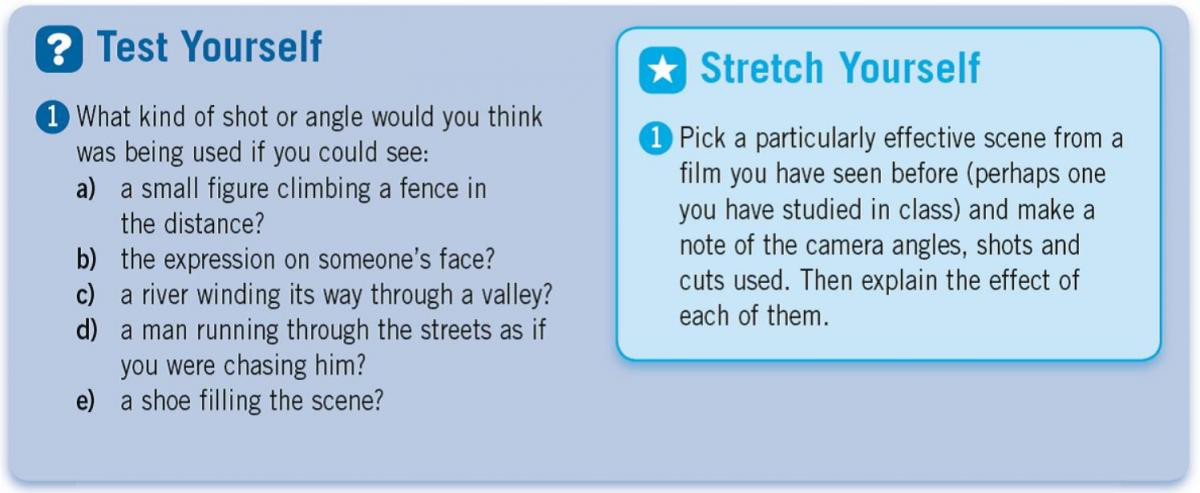Camera Shots
| Type of Shot |
Effect of different shots and impact upon audience |
|
Extreme close up
Image
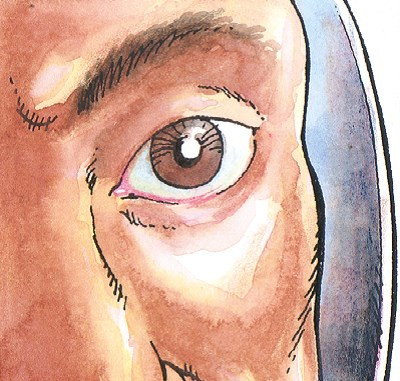
|
Extreme close ups and big close ups are used to show a significant part of an object – the view is often magnified beyond what the human eye would experience. This shot is often used for dramatic effect. |
|
Close up
Image
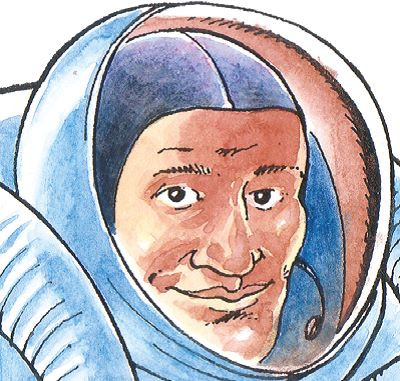
|
Close ups are often used to focus on a face or object and show very little of the background. They draw your attention to important factors and can be used to show emotion. |
|
Medium shot Image
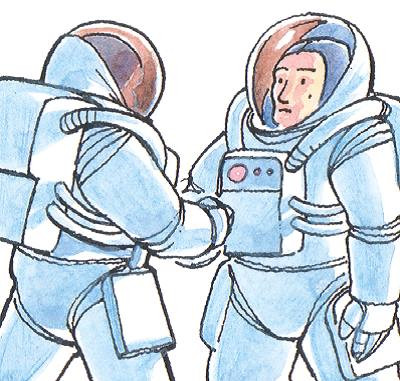
|
These shots usually appear to be from the waist up and are often used for dialogue scenes or to show some detail or action. They are often used when there is more than one person in the shot to show relationships between characters. |
|
Long shot Image
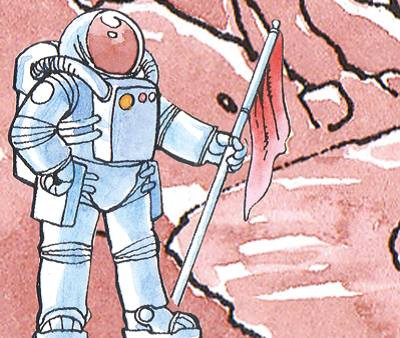
|
A long shot usually places the character within a background shot. |
|
Very long shot
Image
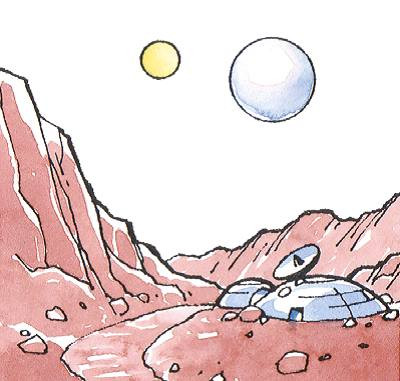
|
A very or extreme long shot as it is sometimes known is often used as an establishing shot. These shots are used to show landscape background and are there to give a general impression rather than detail. |
|
Two shot Image
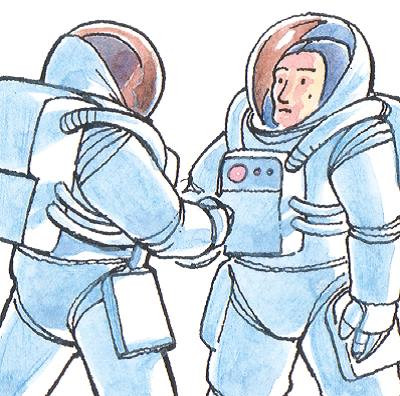
|
Two shots have two people in view. They are used for dialogue scenes and to show relationships between characters. |
|
Over the shoulder shot Image
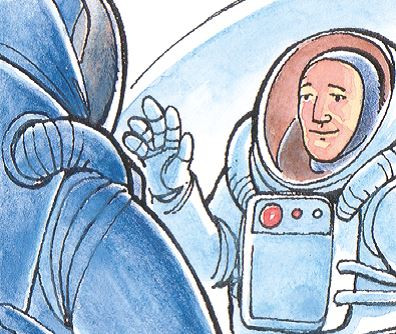
|
These shots are also used during dialogue scenes and help involve the audience. You see the scene from the point of view of the character whose shoulder you are peering over. |
|
Interview shot Image
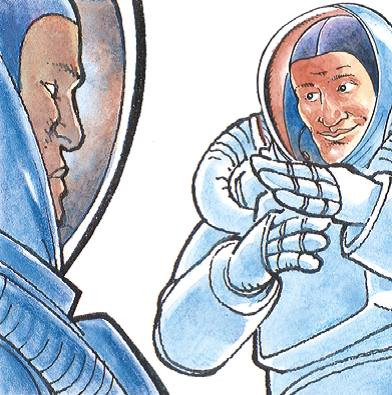
|
These shots are used during interview scenes and you usually have an eye level view – this is a neutral shot. |
|
Moving subject Image
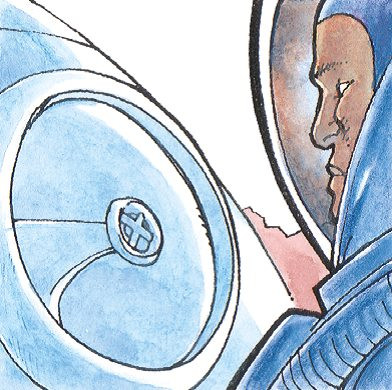
|
In this type of shot you follow the person in the scene and you see things as and when they do. They also show how a character responds to situations. |
|
Tilted frame Image
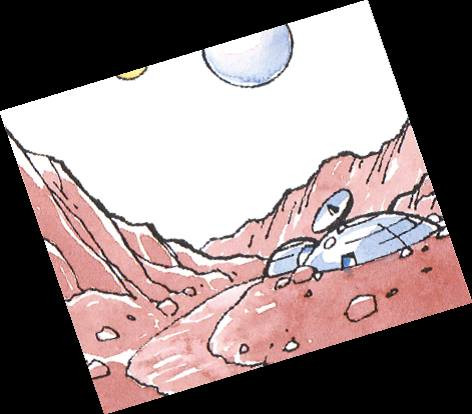
|
A tilted shot is used to create a sense of imbalance and is often used in horror films. |
|
Low angle shot Image
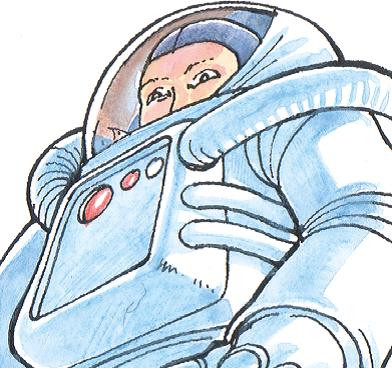
|
Low angle shots are used to look up at characters. This can make a character appear more powerful and help give a sense of confusion to the viewer, who becomes inferior to the person on the screen. |
|
High angle shot Image
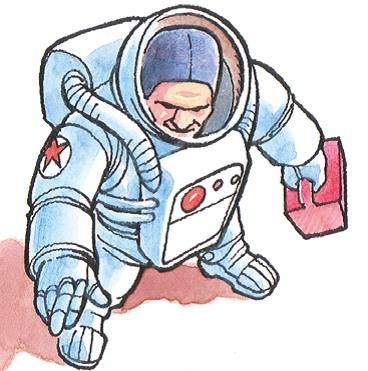
|
This type of shot, also known as a bird’s eye view shot, is shot from overhead and looks down on a character or place making them seem insignificant. It places the audience in a superior position. |
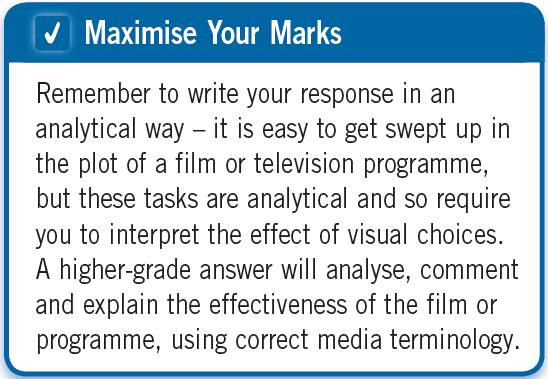
Cuts and Edits
Once the footage for a film has been shot, the film director and editor then have to piece it all together. To get the most polished end product lots of shots are cut. Look at the list below to see the common edits that are used in films:
• Straight cut – this is the most common cut and is the one used to show continuity – it is the least noticeable as you are watching.
• Dissolve – this edit is often used to show the passing of time and to blend scenes of a similar nature. It is also used to create an eerie ambience.
• Fade in / out – this type of edit is used to indicate a movement in time or a new aspect of the story. Fades are also used at the end of the programme.
• Wipe cut – this edit sees one part of the scene being wiped away and a new scene introduced. It is often used in comedies or for humorous effect.
• Jump cut – this type of shot is used to make the audience focus on something quickly. It might show the passage of time without changing the location.
• Montage – this edit is used to show a number of shots in quick succession – it allows the director to give a lot of information in a small section of time.
• Special FX – as technology has developed so too have the special effects. Computer generated images (CGI), blue screen and 3D viewing are now common features.
